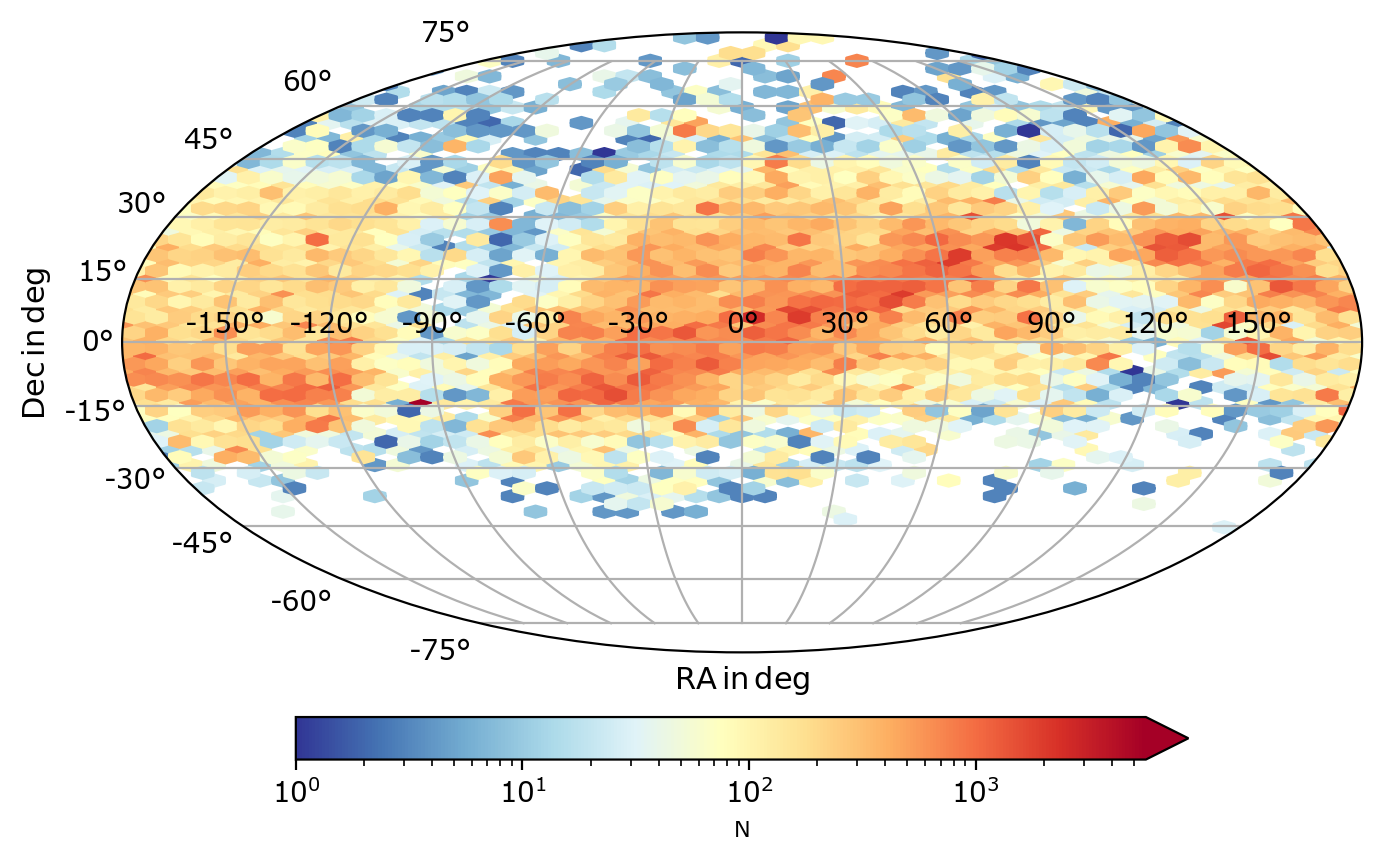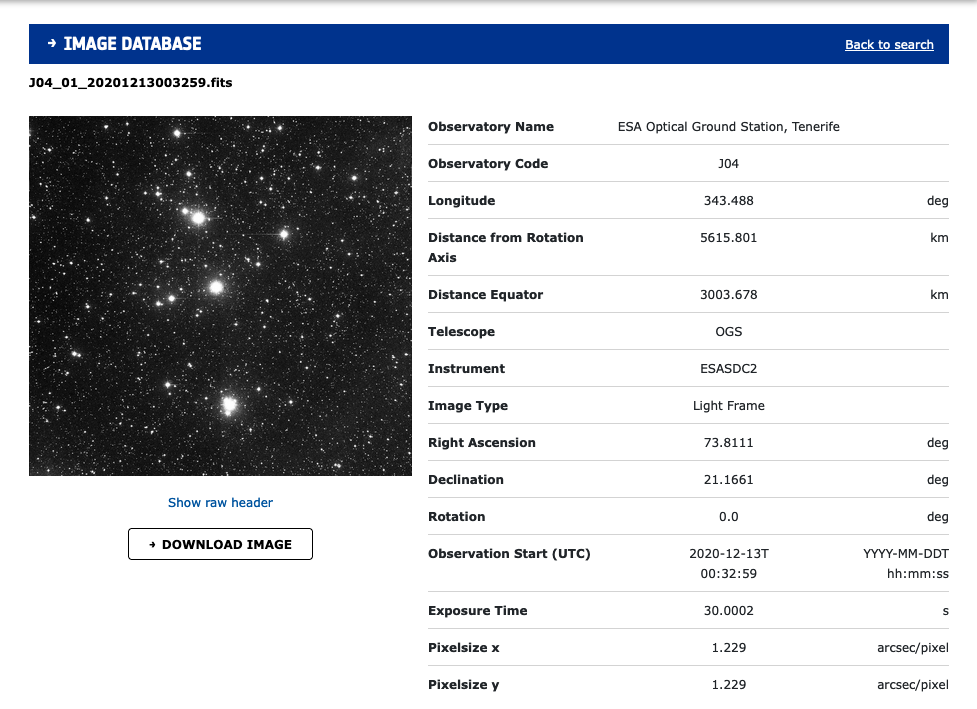NEOCC FITS Image Archive now accessible through the SSOIS
NEOCC FITS Image Archive now accessible through the SSOIS

operator neo
The NEOCC maintains an asteroid image database since 2019. Currently, there are up to 630 thousand images in the database of FITS files. The archive includes images from telescopes such as: ESA’s Optical Ground Station (J04), La Sagra Sky Survey (J75), Klet Observatory (246), Karl Schwarzschild Observatory (033), Calar Alto-Schmidt (Z84), and soon from other observatories cooperating with ESA.
The figure shows the area of the sky covered by the NEOCC image database. All of the available images in the archive have already been analysed to discover or follow-up already known asteroids, and the corresponding astrometric measurements have been submitted to the Minor Planet Center.
The sky covered by NEOCC image database. Credit: ESA / PDO
To access the NEOCC image database users need to use the FITS archive page available here. Through the search form they can find the image(s) by defining the sky area of the interest and/or time range, as well as the source (observatory code or its name). Alternatively, if the name of the image file is already known, the user can employ it to find it in the database as well. In the summary page of a given entry (figure below) the general information about the image and its preview is fully available. However, to download the FITS image itself, the user is required to be logged in first. If you wish to obtain an account for NEOCC portal, please follow the registration instructions in this page.
Alternatively and as of today, the NEOCC image database is linked into the Solar System Object Image Search (SSOIS) system developed by the Canadian Astronomy Data Centre (CADC). Images are searchable and directly accessible through that portal in order to facilitate precovery activities and other research tasks.
Moreover, in order to receive more information about NEOCC activities and near-Earth objects please also subscribe to our services.
Example of the summary page of an image in the database. Credit: ESA / PDO


